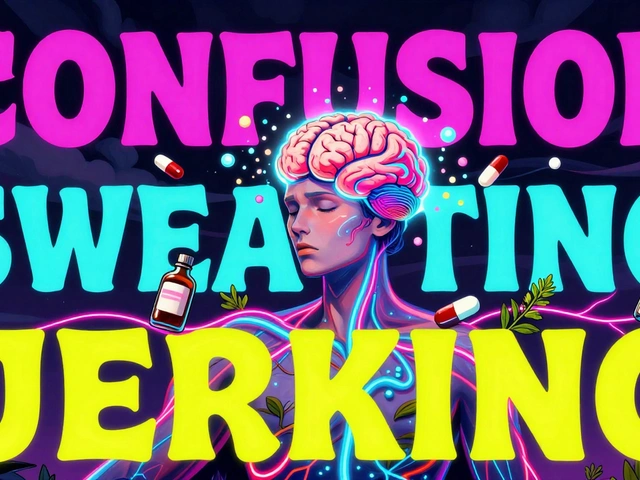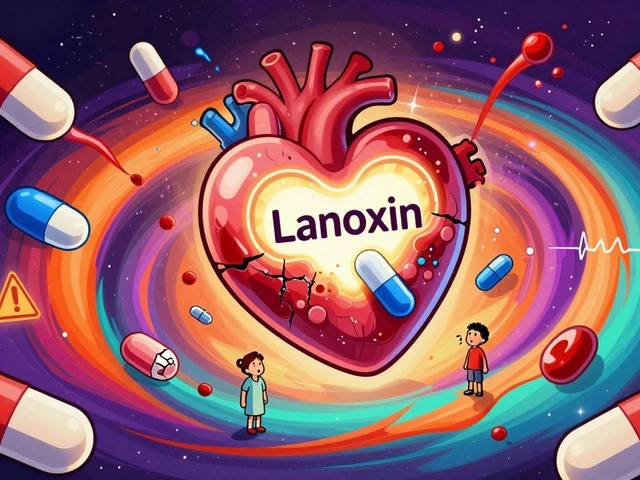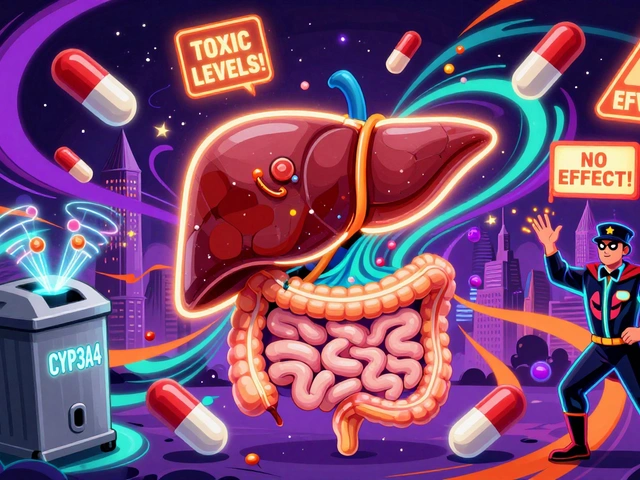Massage Therapy – What It Is and Why It Matters
When working with Massage Therapy, a hands‑on practice that manipulates muscle and soft‑tissue to improve function, reduce pain, and promote relaxation. Also known as massage, it can be a daily wellness tool or a targeted treatment for specific issues. In this guide we’ll also look at Swedish Massage, the classic, flowing technique that uses long strokes, kneading and circular motions to boost circulation, Deep Tissue Massage, a firmer approach that reaches deeper muscle layers to release chronic tension, Sports Massage, a performance‑focused method that prepares athletes for activity, helps recovery, and prevents injury and Trigger Point Therapy, a precise technique that isolates tight knots in muscle fibers to stop pain referral. Massage therapy is more than a pampering session; it’s a therapeutic modality that blends physiology with touch.
One of the core ideas is that massage therapy encompasses a range of styles, each suited to a different goal. Swedish massage requires gentle, rhythmic strokes, making it ideal for stress relief and circulation boost. Deep tissue massage needs higher pressure and focused effort, which helps break down adhesions and improve range of motion. Sports massage influences athletic recovery by targeting muscle groups used in training, while trigger point therapy targets specific knots that can cause headaches, shoulder pain, or sciatica. Together these approaches create a toolbox that practitioners can mix and match, depending on a client’s health status, activity level, and personal preference. The benefits ripple beyond the muscles: better sleep, lowered cortisol, and a clearer mind are common reports, showing how physical touch can affect the nervous and endocrine systems.
Below you’ll find a curated collection of articles that dive deeper into each technique, compare them to other health interventions, and offer practical tips for getting the most out of your sessions. Whether you’re a beginner curious about your first Swedish massage, an athlete looking for sports‑specific strategies, or someone dealing with chronic tension who wants to explore trigger point work, the posts ahead give you clear guidance, safety notes, and real‑world examples. Keep reading to discover how each style can fit into your wellness routine and what to expect when you book a session.
Massage Therapy for Genotype3 Chronic Hepatitis C: Benefits, Evidence & Practical Guide
Explore how massage therapy can help manage symptoms of genotype3 chronic hepatitis C, its evidence base, integration with antivirals, and practical tips for patients.





